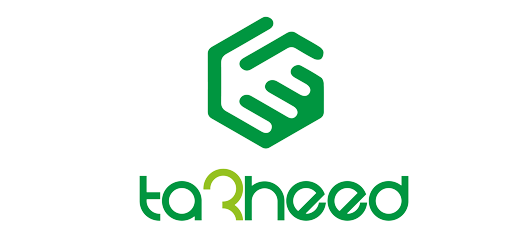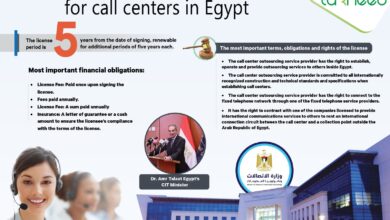
Ta3hed Platform publishes a list of the most common terms in the outsourcing services industry.
1- Call center
It is an integrated call center that enables you to manage and organize sending and receiving customer calls and inquiries in an effective manner by controlling the management, distribution and evaluation of calls, as well as creating reports and analyses to measure the level of employee performance in each call in addition to the call recording feature.
2- Call Center Agent
He is the person responsible for receiving calls and answering customer inquiries in the call center.
.3- Call Center Manager –
The person responsible for evaluating the performance of the call center, starting from operation, work management, and general direction to implementing the goal required to be achieved by the organization.
4- Call Blending
This feature supports processing of outgoing and incoming calls simultaneously based on a pre-defined priority group.
This feature is typically used to quickly handle any incoming calls during an ongoing outgoing call, by simultaneously monitoring the number of incoming calls, agent availability, and other system actions. Call merge rules also prevent the caller from connecting to outgoing calls for a specific agent.
5- First Call Resolution
First Call Resolution is one of the most effective KPIs, as it measures whether the customer received a definitive answer to their service inquiry at the end of the first call, thus saving call volume to inquire about the same question again.
6- Key Performance Indicator (KPI)
KPIs are metrics used to measure how well your employees and call center agents are performing to resolve all issues in record time.
7- Connecting company branches – VPN
A service that aims to link the company’s main server to its branches, regardless of the number of branches and in any place. It works to follow up and monitor employee performance, share files, control surveillance cameras, and follow up on what is happening inside any branch of the company to know the performance of the branches in an organized manner without the need to be present in the place.
8- Internal exchange (IP PBX)
It is a telephone system that allows users to talk to each other and switches calls between users over the Internet VoIP in a central office line.
Calls are also made through the internal IP switchboard independently of external communication lines. This allows communication between a large number of calls in any country and at any time without incurring any cost, in addition to supporting the features of the call center.
9-Voice over Internet Protocol (VoIP)
It is a technology used to connect voice conversations over the Internet, and thus any number of people connected together to one network can talk on the phone using this modern technology.
.10-Call center queue
Customers are put on hold when customer service representatives are busy with another call and until the call is answered, customers hear a recorded voice message while waiting, such as promotional offers, location opening hours, and address.
11- Expected Wait Time
This term refers to the average expected time a customer will spend waiting if customer service representatives are busy with other calls.
12- Document Management System
It is a system used to track, manage and store documents. There are many call centers that deal with large amounts of incoming emails that cannot be checked manually due to the large number of messages. This system helps to open and examine messages well.
13- Web Self-Service
Web Self-Service is a type of electronic support, which allows customers and agents to access information and perform tasks online without any further intervention from another agent in the call center.
14- Average Handling Time
Average call time is measured directly from the time a customer service representative begins interacting with a customer, including wait time, talk time, and tasks related to the customer’s needs during the call.
15- Automatic Call Distributor
A telephone system or facility that manages and redirects incoming calls to the appropriate agent based on pre-defined instructions, controlling the call path as it becomes busy with other calls.






